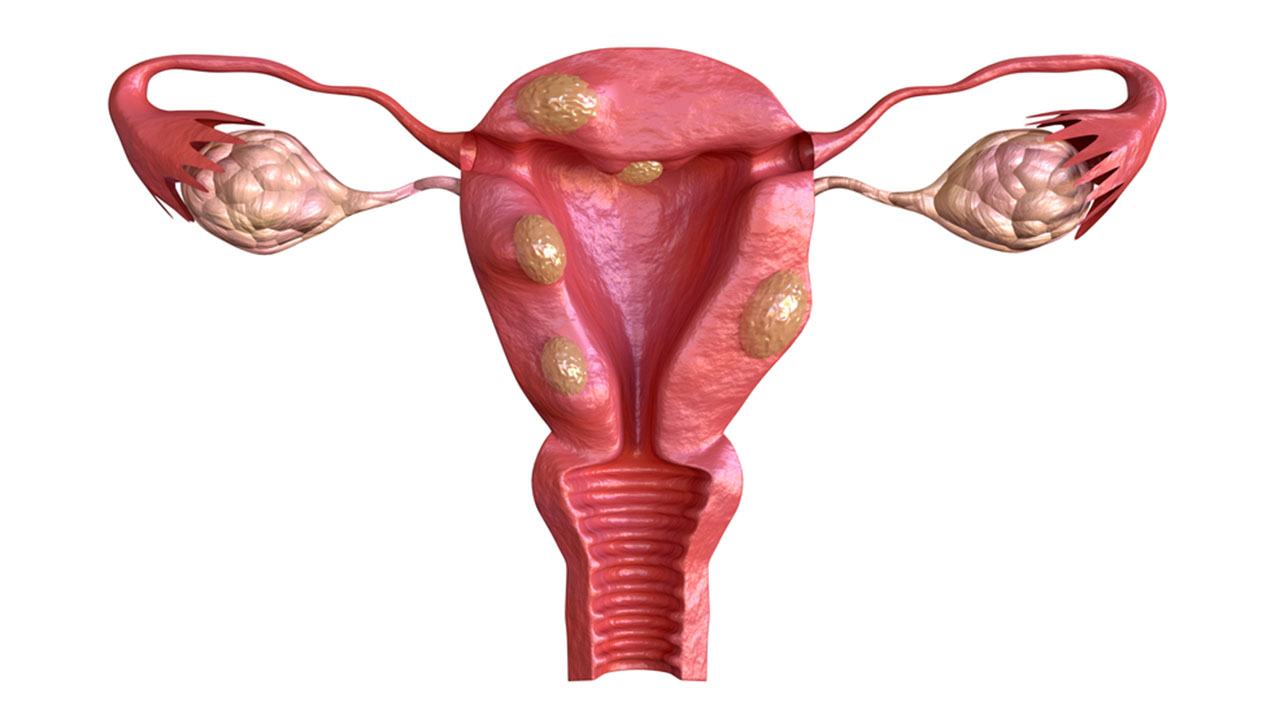Rounded growths that appear like nodules made up of smooth muscle tissues; Uterine fibroids are tumors that grow within the walls of a woman’s uterus. Fibroids usually start to grow from childbirth and during the reproductive phase of her life. These uterine fibroids can be of different shapes and can be in different sizes. The Size of Fibroids can vary from large to small, all having effects on a woman’s body causing various problems.
Size of Fibroids
A guide has been developed for a generalized reference point while comparing the fibroids. According to this guide, the uterine fibroids can be labeled small, medium, and large according to their size:
- Small fibroids range from 1cm to 5 cm in size, which is the size of a pea and a lime.
- Medium-sized fibroids can be 5 cm to 10 cm, which is the size of a peach and a large lemon.
- The large fibroids are more than 10 cm, which is about the size of a mango and even a watermelon.
As we saw, uterine fibroids can vary in their size. So how large can you expect it to grow? According to studies, uterine fibroids can get as large as a melon and be as small as a coin. The diameter of uterine fibroids can range from 1 mm to 20 cm. If you have very large fibroids, it can enlarge your uterus to look like a pregnancy heading.
Fibroids can develop in the form of clusters consisting of many small fibroids and can even form one dominant and large fibroid. Fibroids will potentially shrink in size after the woman hits her menopause and doctors would want to wait before they decide what medication to begin with.
Why is the size important?
A woman’s uterus is studied to be shaped like a pear and is about 3 inches in length. Smaller fibroids are usually left undetected because they do not show any noticeable symptoms or signs. However, the larger ones cause the uterus to increase in its size, therefore, creating obvious changes in a woman’s body. The size of a fibroid is usually considered to be the primary symptom that helps doctors determine if the treatment is required or not.
However, it is important to note that the size is just an indicator of potential damage. There is no guarantee that if the fibroids increase in size they will be a cause for a serious problem nor that smaller fibroids are harmless and won’t cause any problem.
Impacts of smaller fibroids: The fibroids that are small in size are generally considered harmless and it is considered that they do not cause any problems or symptoms.
Impacts of large fibroids: As the size of the fibroid increases, so does its impact on a woman’s body. Therefore, the size is extremely significant. The fibroid can potentially take up the space that is there for other organs leading to discomfort and pain. When the fibroids grow past their small sizes, the following effects will be expected:
- The abdomen and the area surrounding the abdomen will start to swell
- The patient will experience an unusual increase in their weight
- The patient will experience pain in the lower back and pelvis, leading to discomfort
- The urination will unusually increase
Treatment of Fibroids
For different people, their journey of fibroids is different, doctors usually individualize the treatment. They look at how the fibroid is impacting an individual’s life and depending on the individual’s life decisions the doctor will prescribe medication. The treatments may vary from minimally invasive treatments such as uterine fibroid embolization to surgical treatments like hysterectomy.
Surgery might be considered if you are experiencing discomfort, and life with fibroids is becoming difficult to live. Heavy monthly periods, and difficulty in conceiving advocate for surgery. But, you should only opt for surgery if you don’t plan to have children in the future (hysterectomy).




